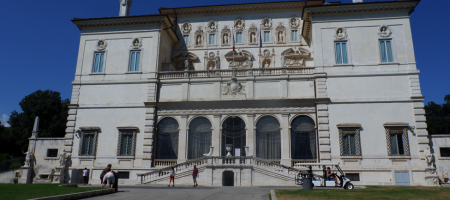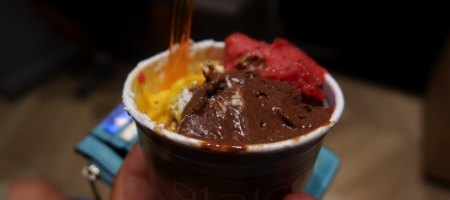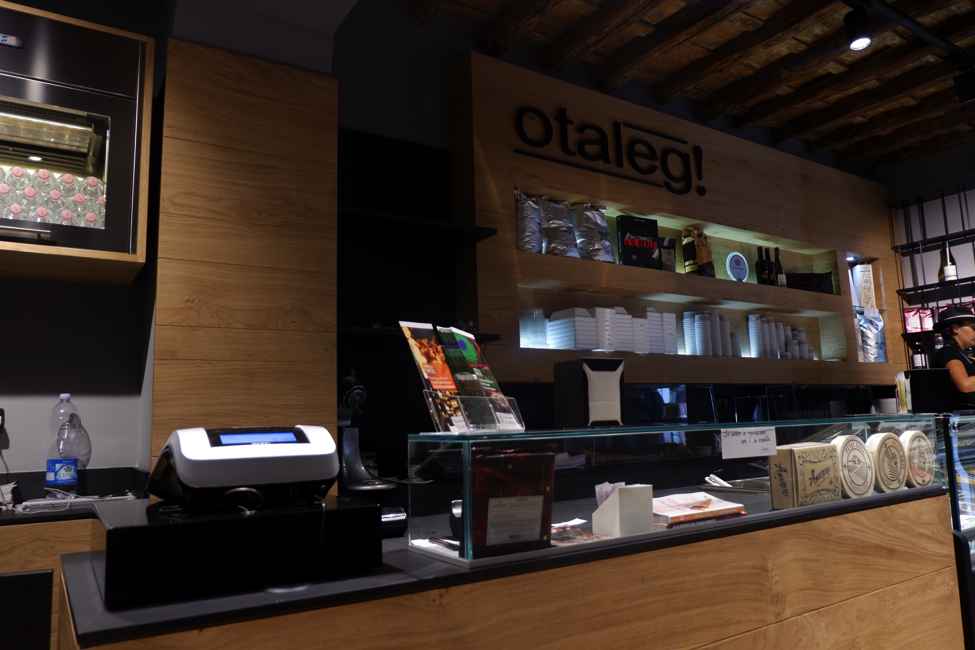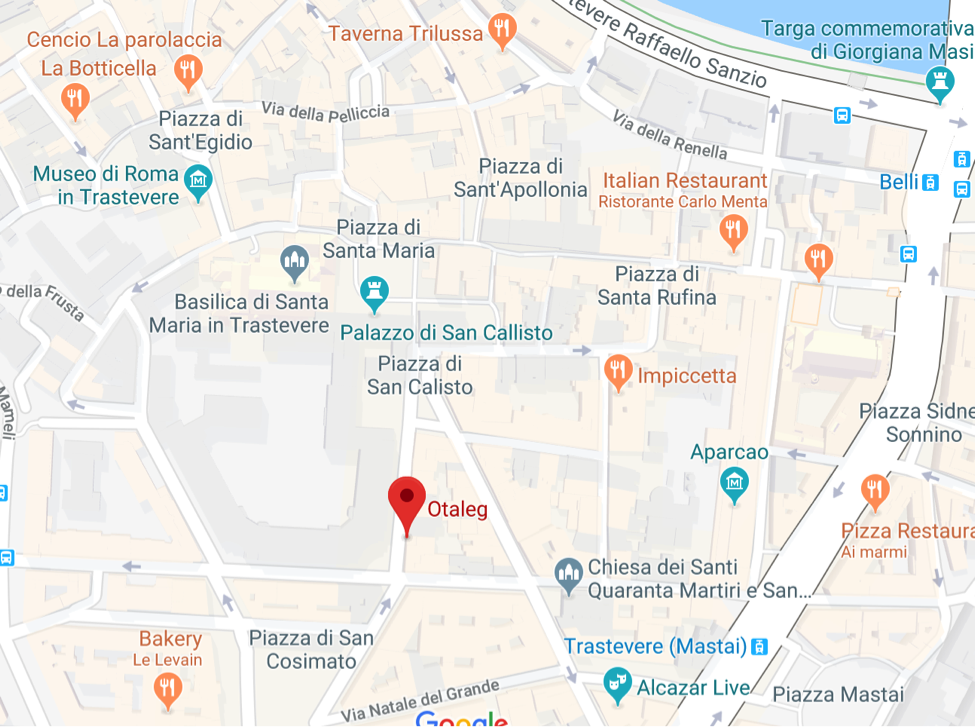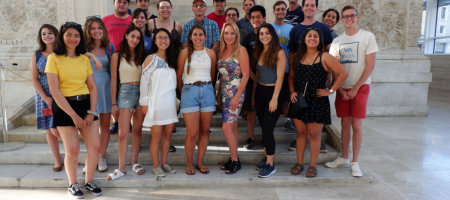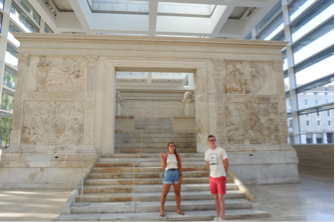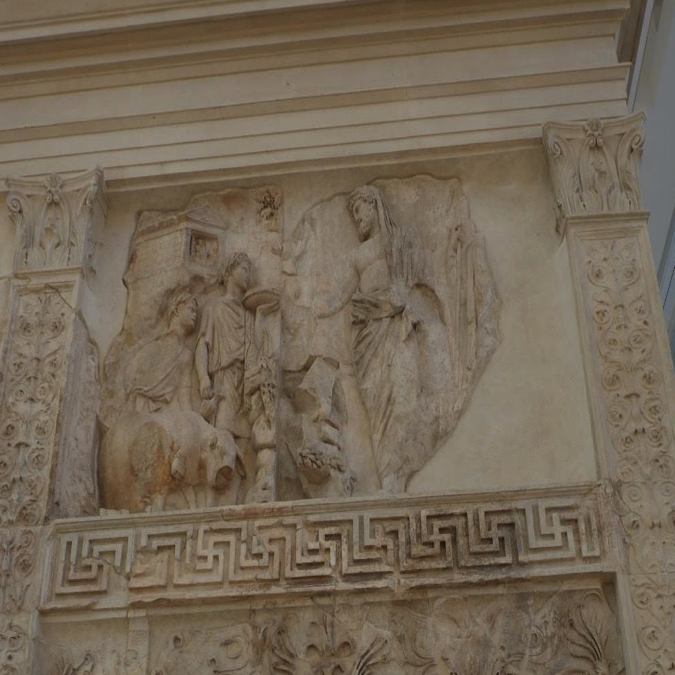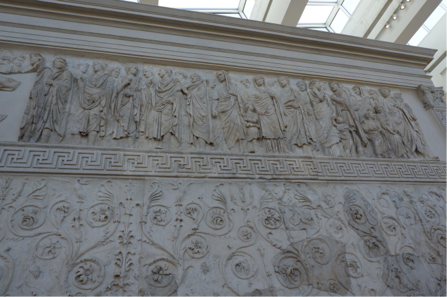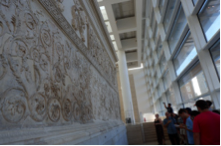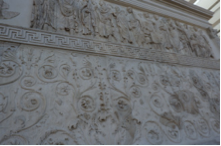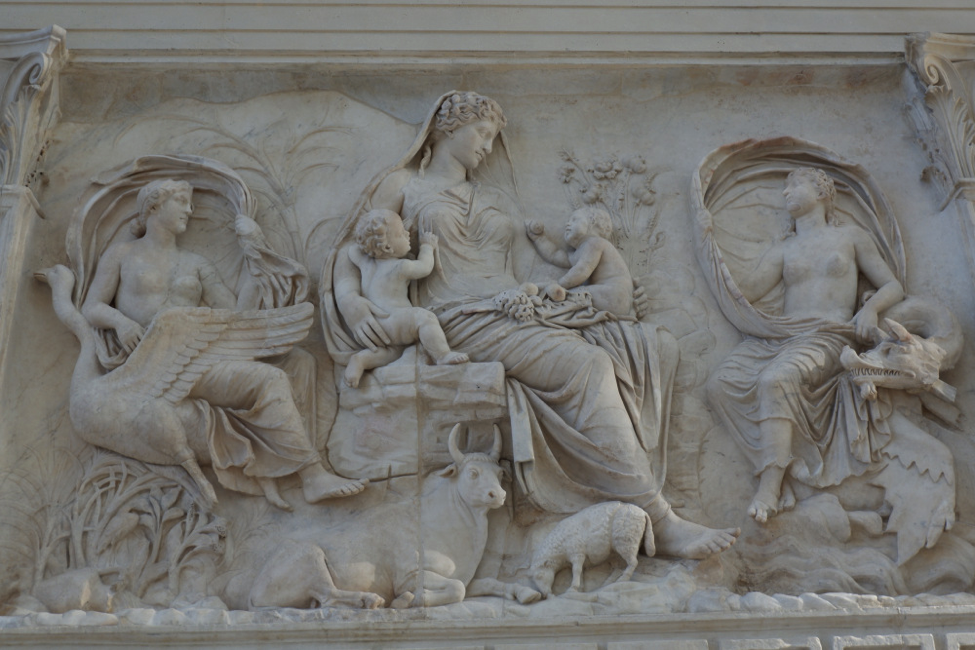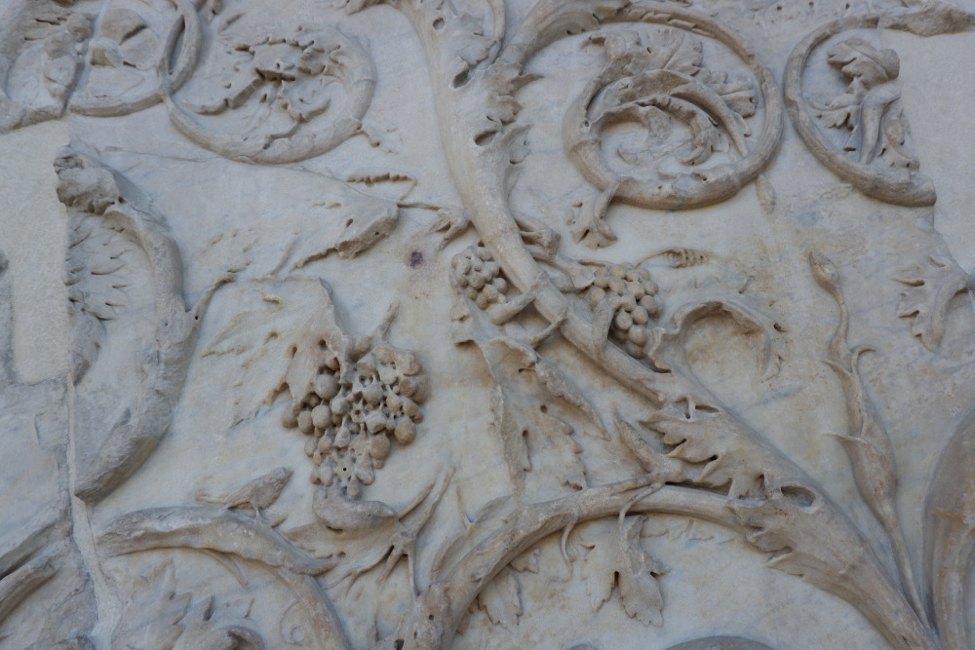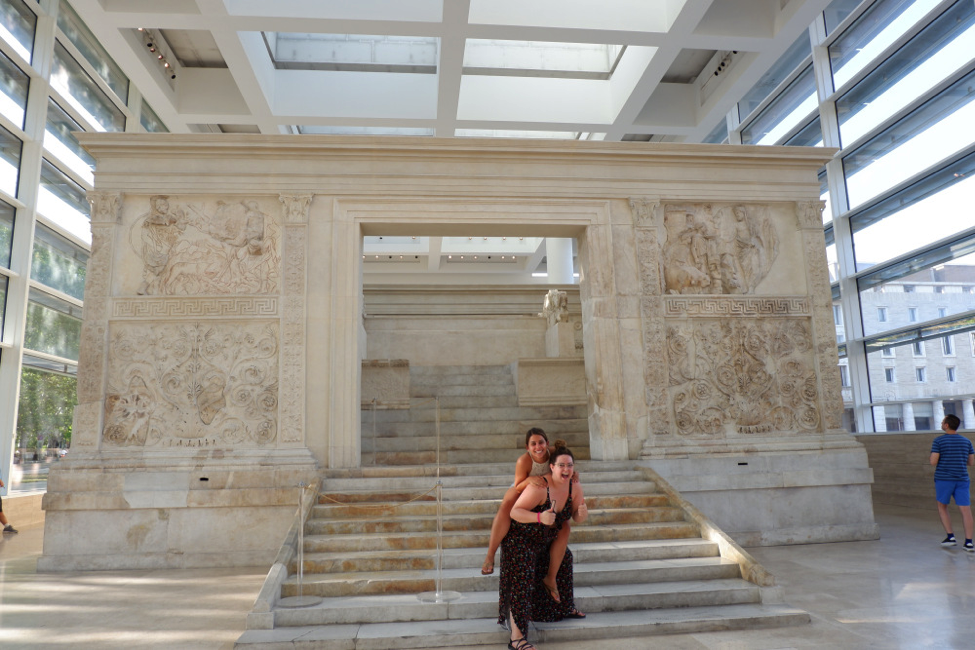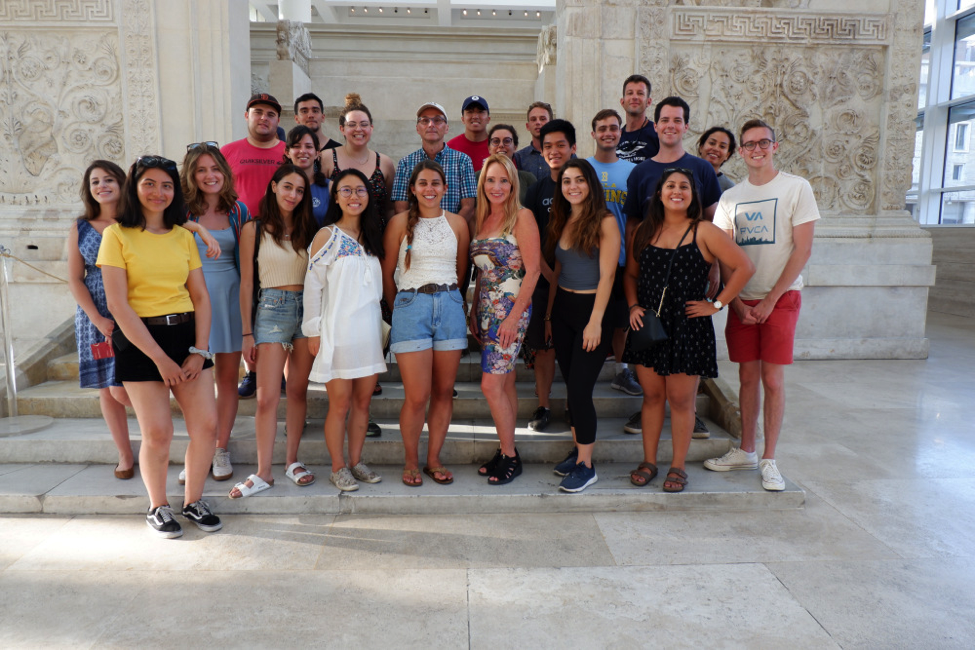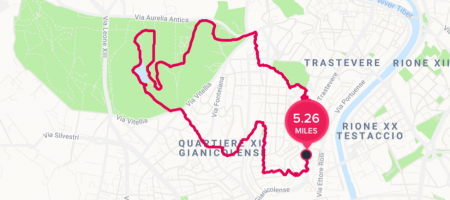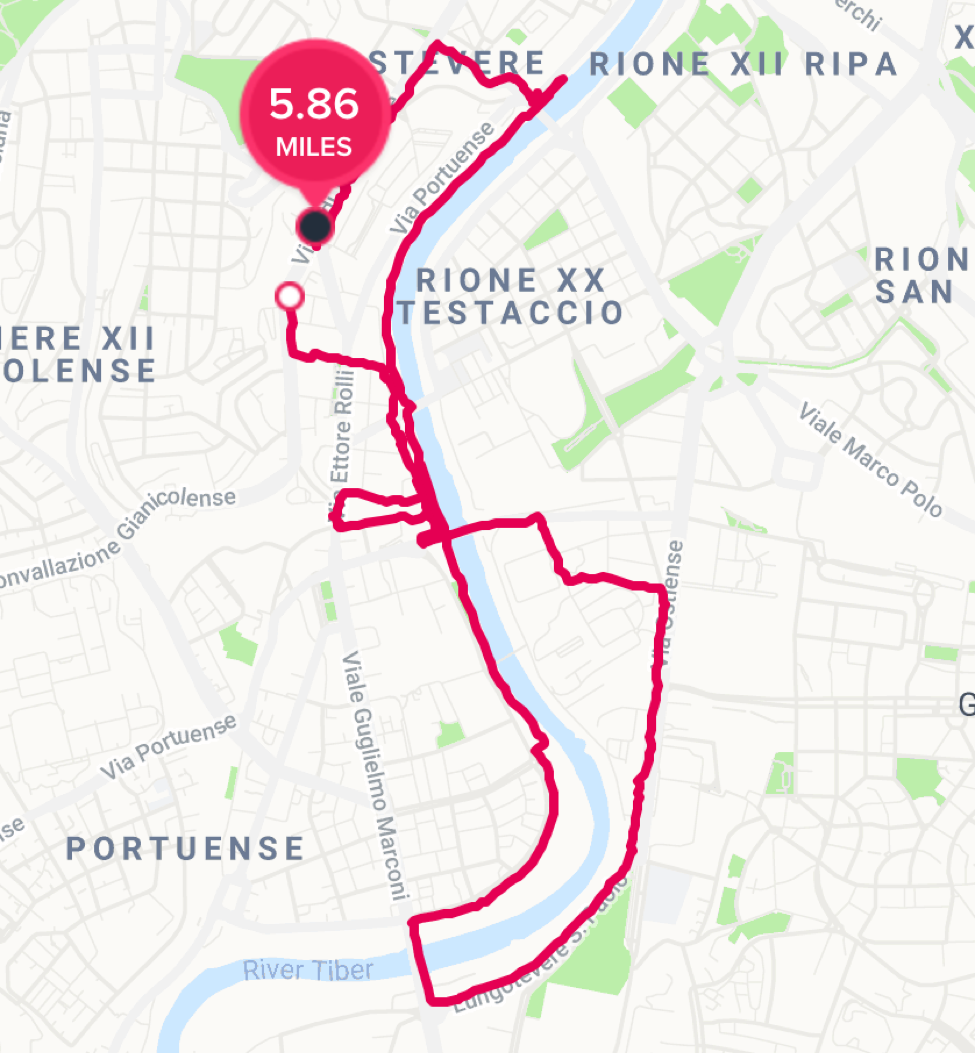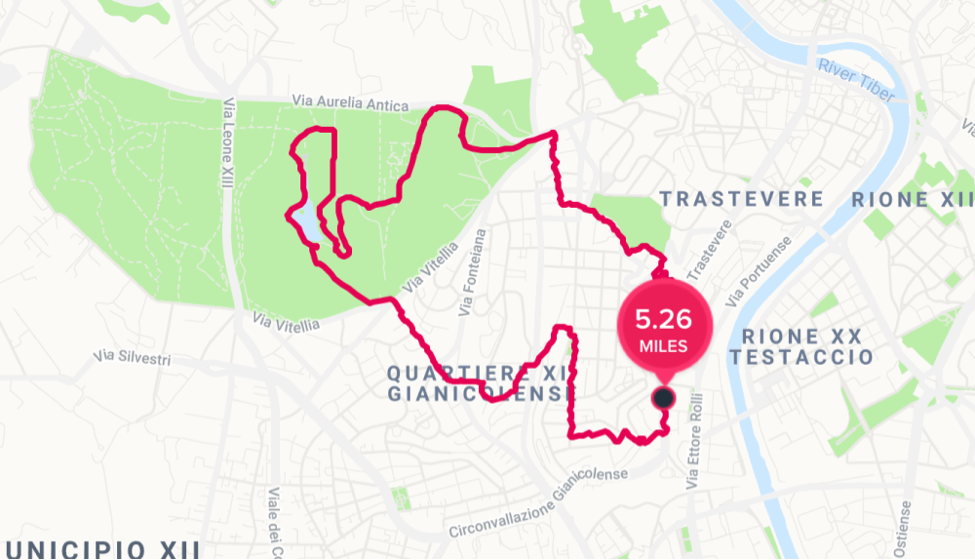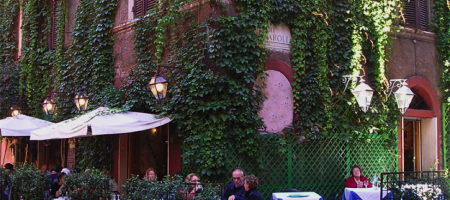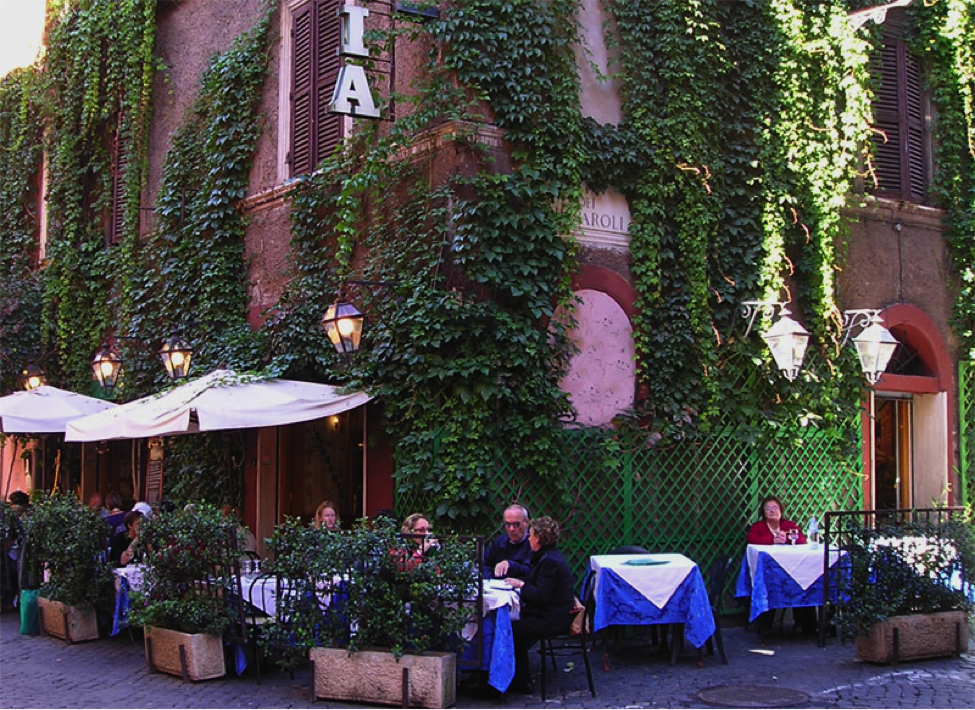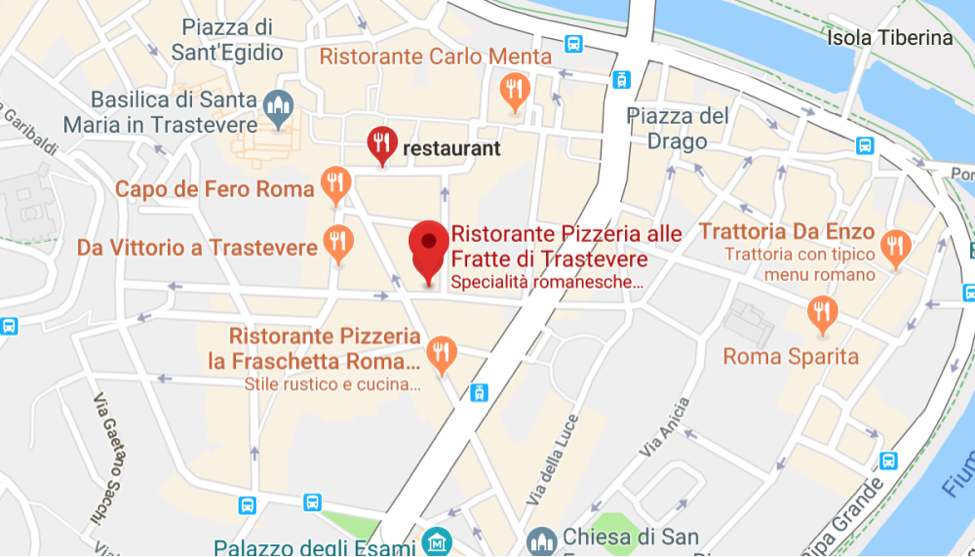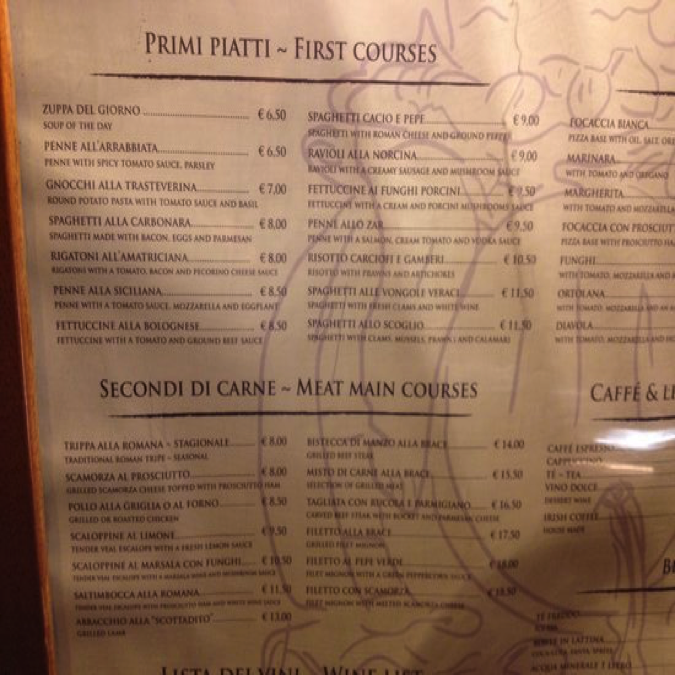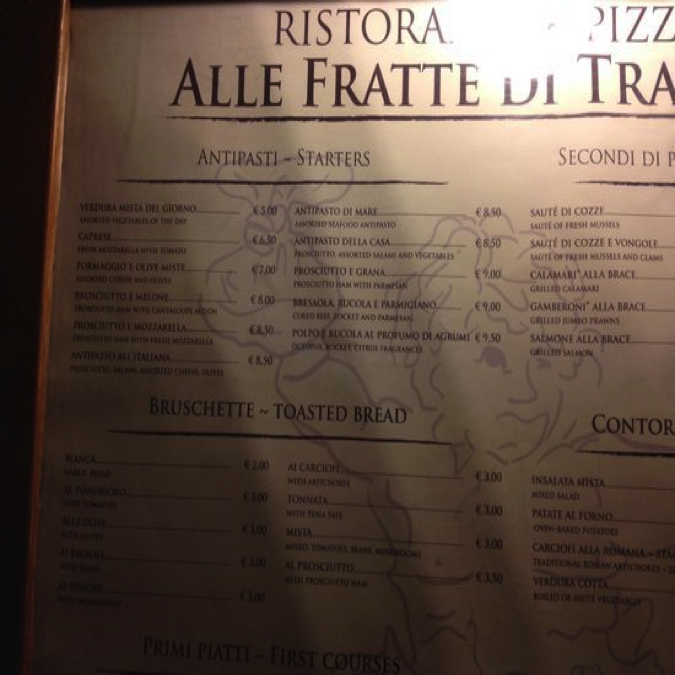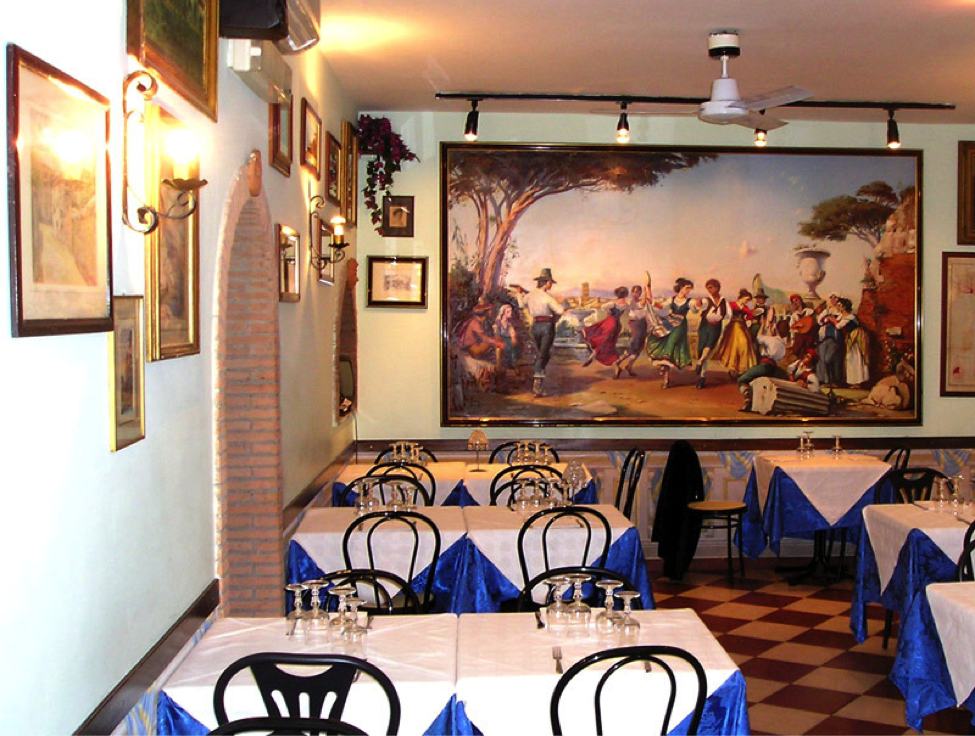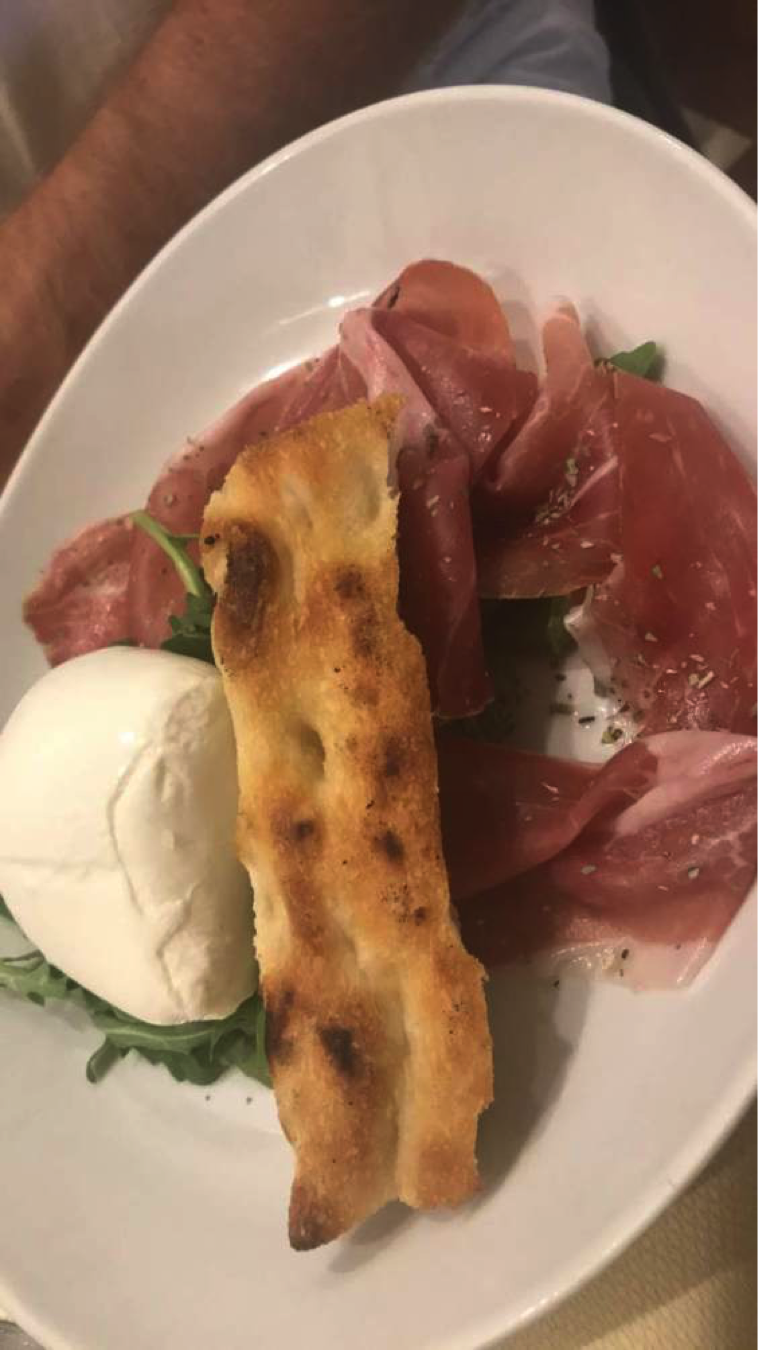Italy | Borghese Gallery
by Andrea Zachrich
We went to the Borghese Gallery during our third week in Rome, and it was easily my favorite museum of the trip. It has a very unique layout, an interesting collection of art, and is in a beautiful location.
Here’s a picture of the gallery. They don’t really have a ton of signs telling you what the building is, so here’s what it looks like when you walk up to the front so that you know.
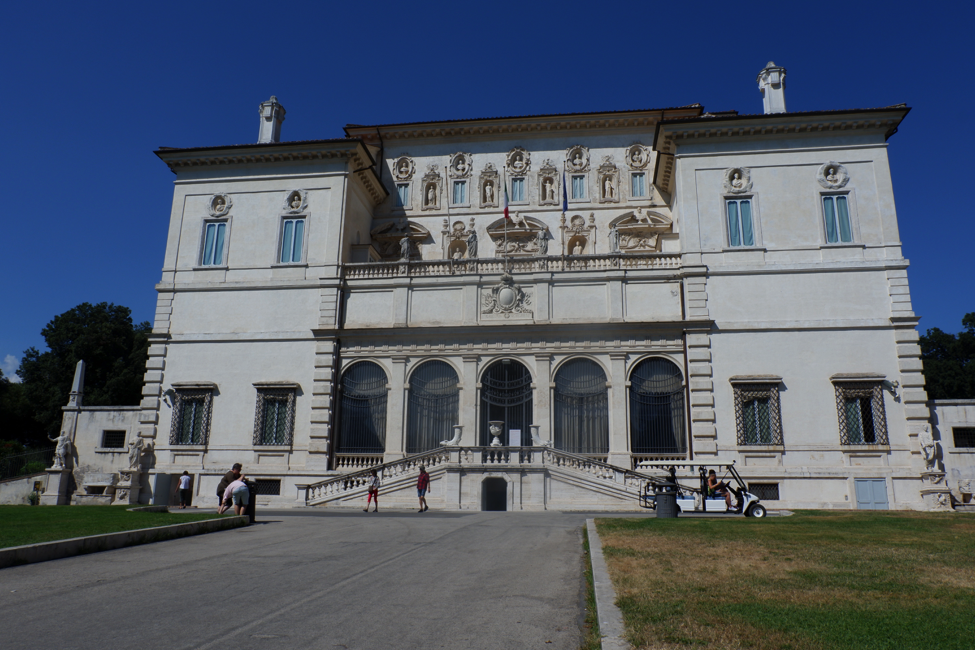
History
This museum is in the former Borghese villa in the Villa Borghese park (usually just called Villa Borghese now). The villa was built in the 1600’s by Cardinal Scipione Borghese, the nephew of Pope Paul V, as a place to showcase his art collection. So from the beginning, this building was designed to display art. Cardinal Borghese was an avid art collector and sponsored many artists. The gallery houses artwork from antiquity and the Renaissance, and includes works from famous artists such as Bernini, Caravaggio, and Raphael. The building and park surrounding it were sold to the Italian government in 1902, and it was turned into a public museum shortly after.
The Layout
Besides the amazing art, a big part of the why this museum was my favorite is due to its unique layout. First off, the whole museum has the vibes of a mansion rather than a museum. It almost feels like you walked into someone’s home and instead of furniture, they have art pieces. Additionally, almost all of the rooms have a “theme” of some sort. For example, one room has frescoes that depict scenes involving Paris and almost all of the artwork in the room is related to the story of the Iliad or the the Trojan war. Another room, known as the Egyptian room, has frescoes and artwork that all relate to Egypt, such as a bust of Cleopatra and a depiction of the Nile River (personified) with her children. It was really fun to walk into the rooms and try and guess what the theme was that linked all the art together. There wasn’t always one, but even when there wasn’t, I admired the way in which the collector wasn’t afraid to display modern and ancient art side by side. As a student of antiquity, it was interesting to compare the art and see if I could identify whether it was old or new art. Also, there is a room full of busts of emperors, and our class had a fun time trying to identify the emperor without looking at who it was (you will get pretty good at identifying emperors by the end of this program, my friends all think its a really strange skill to have but I think its cool to be able to do).
The Art Collection
There are soooo many amazing pieces in this museum. My personal favorites are three Bernini sculptures: Apollo and Daphne, Pluto and Persephone, and David.The detail on these marble statues is absolutely mind blowing.
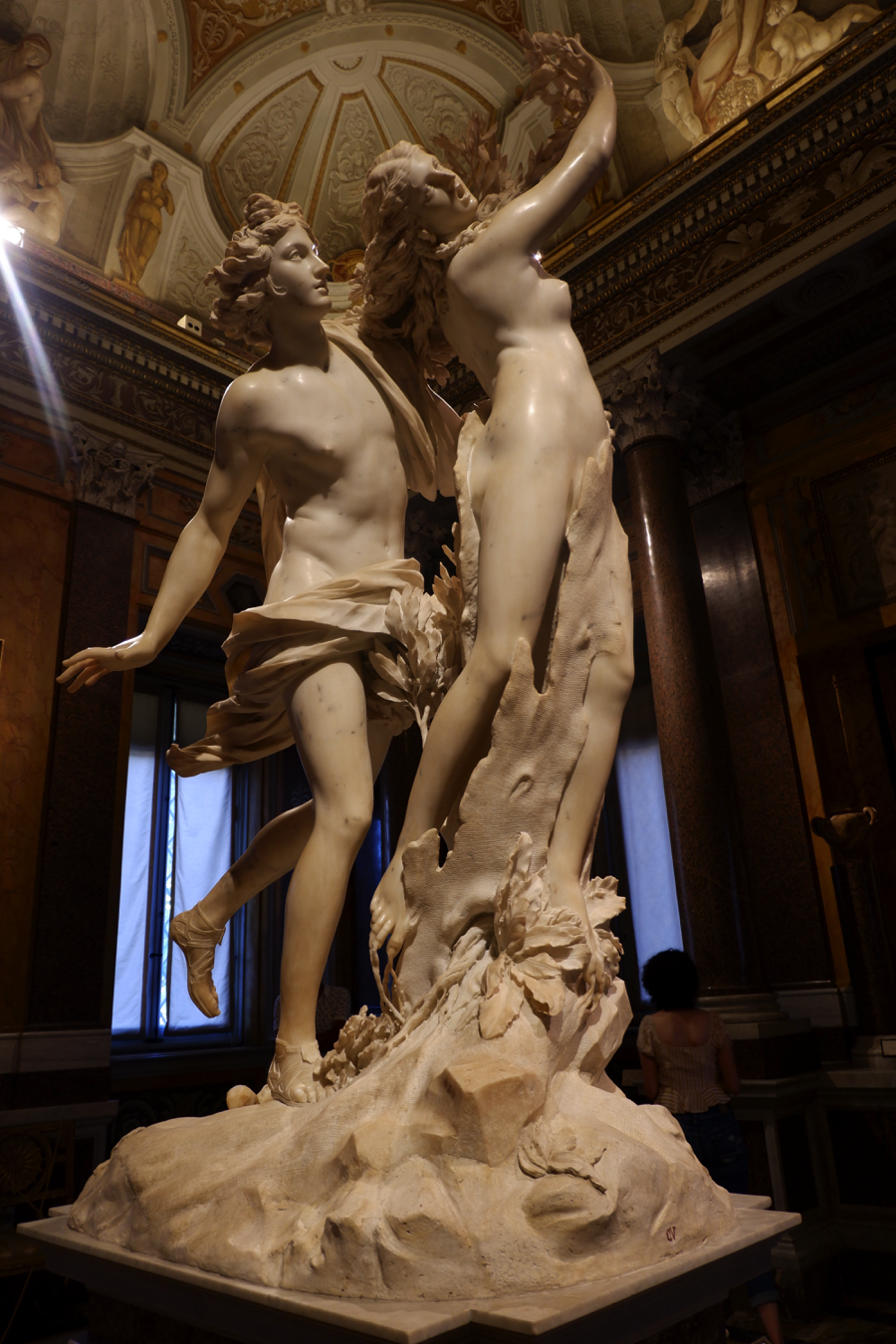
This is the statue of Apollo and Daphne. For those of you that don’t know, the myth of these two goes like this: basically, Apollo insults Cupid, so in spite, Cupid shot an arrow at Apollo that made him fall in love with Daphne and an arrow at Daphne that made her abhor the idea of falling in love. Apollo cannot control his lust, and ends up chasing Daphne through the forest even though she does not want to be with him. She begs her father, the god Peneus, for a way out of the situation, and he turns her into a laurel tree, which Apollo vows will be eternally green as a tribute to her. This statue shows the moment she is turning into a tree. The detail is incredible. My favorite part is the toenails – you can see them turning into the roots of the tree she will become. You can also see the fear on her face of being caught by Apollo.
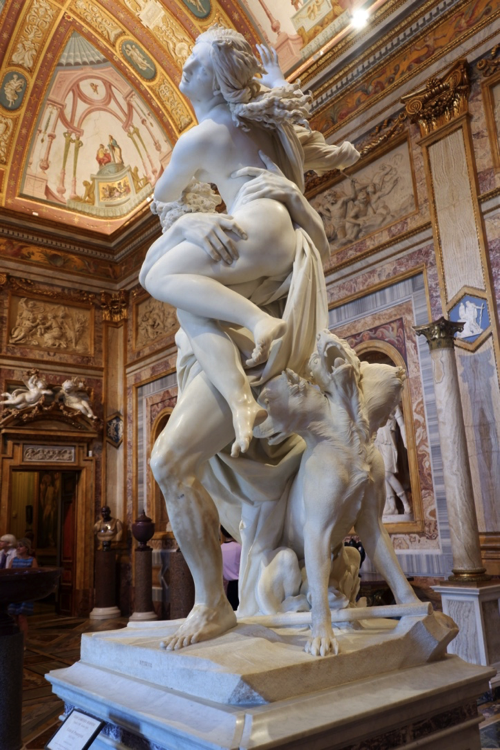
This is the statue of Pluto and Persephone. I really like this statue for one main reason: that thigh grab! Bernini somehow managed to make marble bend under Pluto’s grab like its flesh, and it’s awesome to look at. I also love how her hair is swinging to the side as she attempts to escape the god. It’s so full of movement, and almost looks like it could come to life. Plus, there’s a dog included (even if its Pluto’s scary, three-headed dog).
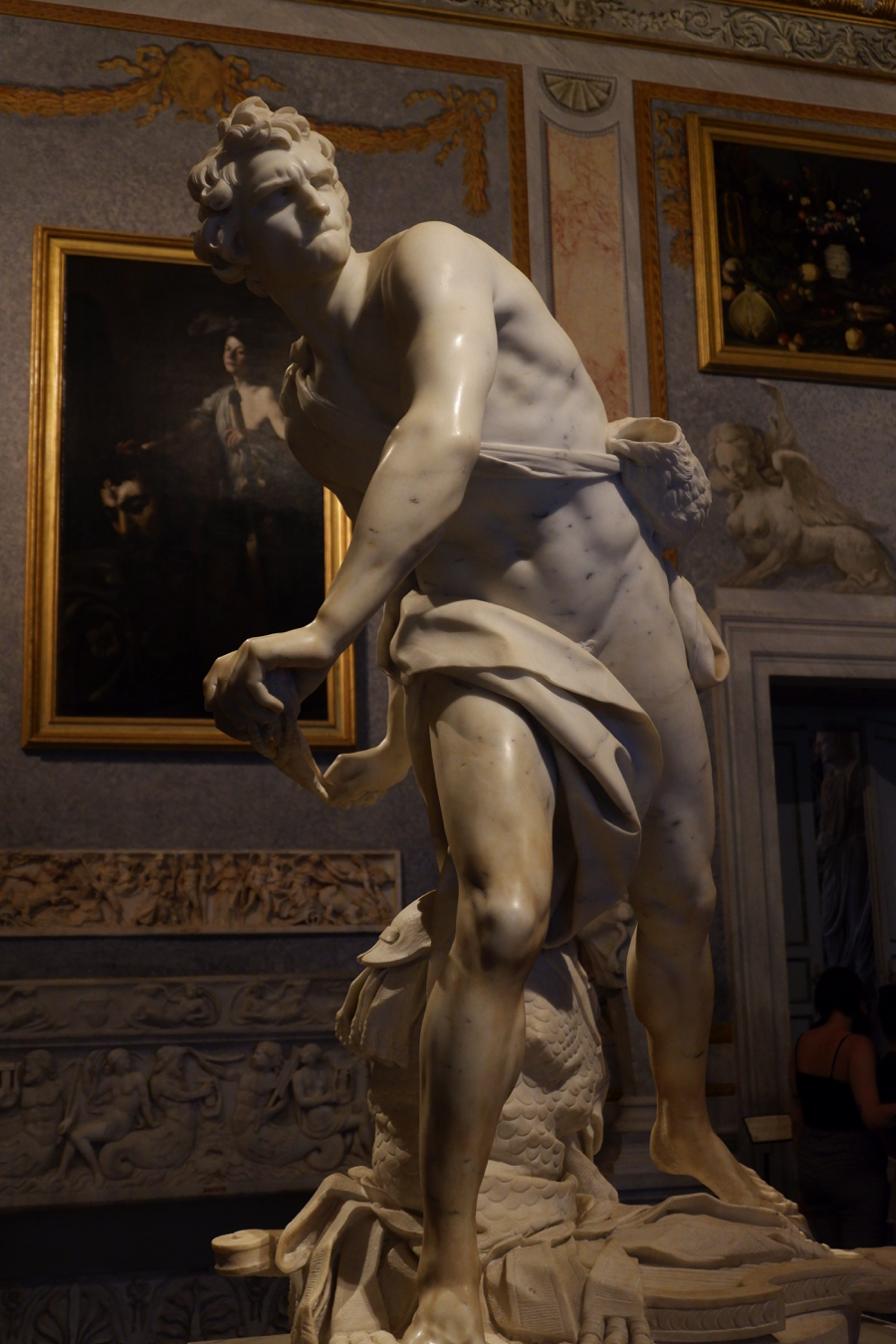
This is the statue of David. Look at his face! This is not the idealized David of Michelangelo, standing stoic before the battle, but rather a David shown deep in concentration in the middle of the fight. He looks young and small, but determined. I love this sculpture purely for that facial expression.
Tips for Visiting
One of the most important things I can tell you about this museum is that you NEED a reservation and it must be booked in advance online on their website for a specific time (they’re in 2 hour time slots). The museum will sometimes have day of reservations when someone cancels, but I wouldn’t risk it if you really want to go to this museum. I know this policy seems like a pain, but it actually makes visiting the gallery really nice because there aren’t many people in there with you, so you can really take your time and enjoy the art without waiting behind people to see it or feeling like you’re blocking someone else’s view. Professor Gurval said that he has noticed over the years that the least busy time is right before the museum closes in the 5-7 time slot and during week days.
Additionally, the museum and park are kind of out of the way of the main attractions in Rome, so make sure you give yourself plenty of time to get there. I even got there early and went around the gift shop and sat in the cafe and got myself a cappuccino. You can see below how the gallery (on the East side of the park) is pretty far from a lot of places in Rome.

One last thing: the park around it is also a really cool place to visit. I know some other students in our class rented those covered bikes (the ones that kind of look like golf carts) and had a ton of fun biking around. I walked around before our time slot, and its really beautiful. If you like to run, it looked like a gorgeous place to run and get away from all the traffic in Rome (although I never made it over there to run because it was pretty far from where we lived – even by bus).
If you have time while you’re in Rome, you should definitely try and stop here (I know I say that about every place in Rome, but it is a really cool city!) It’s full of beautiful art in a beautiful building in a beautiful park – what more could you want?


